Listen to the story’s podcast:
By Sara Grossman
“The city is, for those who count, a growth machine,” concluded the American sociologist Harvey Molotch in his landmark 1976 paper that would go on to fundamentally change urbanism discourse for decades.
Molotch’s analysis, for which he would later receive the American Sociological Association’s highest honor, argued that the design of cities is not so much the result of direct competition over land, as had previously been the prevailing analysis, but of the mechanical urge for constant growth by business elites. While this assessment may seem hardly remarkable today, at the time it reflected a significant step forward in the understanding of how cities function—and towards what end.
More than 40 years later, Molotch’s analysis offers insight into why cities are, quite simply, so unhappy.
Cities, according to emerging research, are more often home to unhappy people than other environments. Despite their allure as places of spontaneous interaction and thrill, urban spaces offer residents double the risk of schizophrenia when compared to rural areas, as well as 20% more risk for anxiety disorders and 40% more risk for depression.
“The city strips its citizens of the protective factors that help people maintain good mental health,” explained Layla McCay, Director of Centre for Urban Design and Mental Health, in an article for the UK Design Council. McCay added that urban living can decrease access to nature, which can in turn reduce one’s ability to engage in regular exercise and enjoy leisure time in shared public space.
Human connection with nature—when regular, easy and serendipitous—is critical to positive and resilient urban life.
Those factors, coupled with congestion, high noise levels and overwhelming stimuli, can lead to a host of physical and mental ailments. And the design of cities themselves— which prioritize the insatiable wants of the “growth machine” over innate human needs— are at the root of these outcomes, say advocates like McCay.
“A lot of urban design mistakes of the past are related to how we saw the city as a machine,” said Itai Palti, architect, researcher and director of Conscious Cities. “A successful machine is an efficient machine—but that doesn’t mean it’s good for wellbeing.”
Today, researchers like Palti are increasingly looking at ways that cities can be designed not for the benefit of the “machine,” but for that of humanity, with health, happiness and sustainability at their foundations. And at the forefront of these findings is that the human connection with nature—when regular, easy and serendipitous—is critical to positive and resilient urban life.
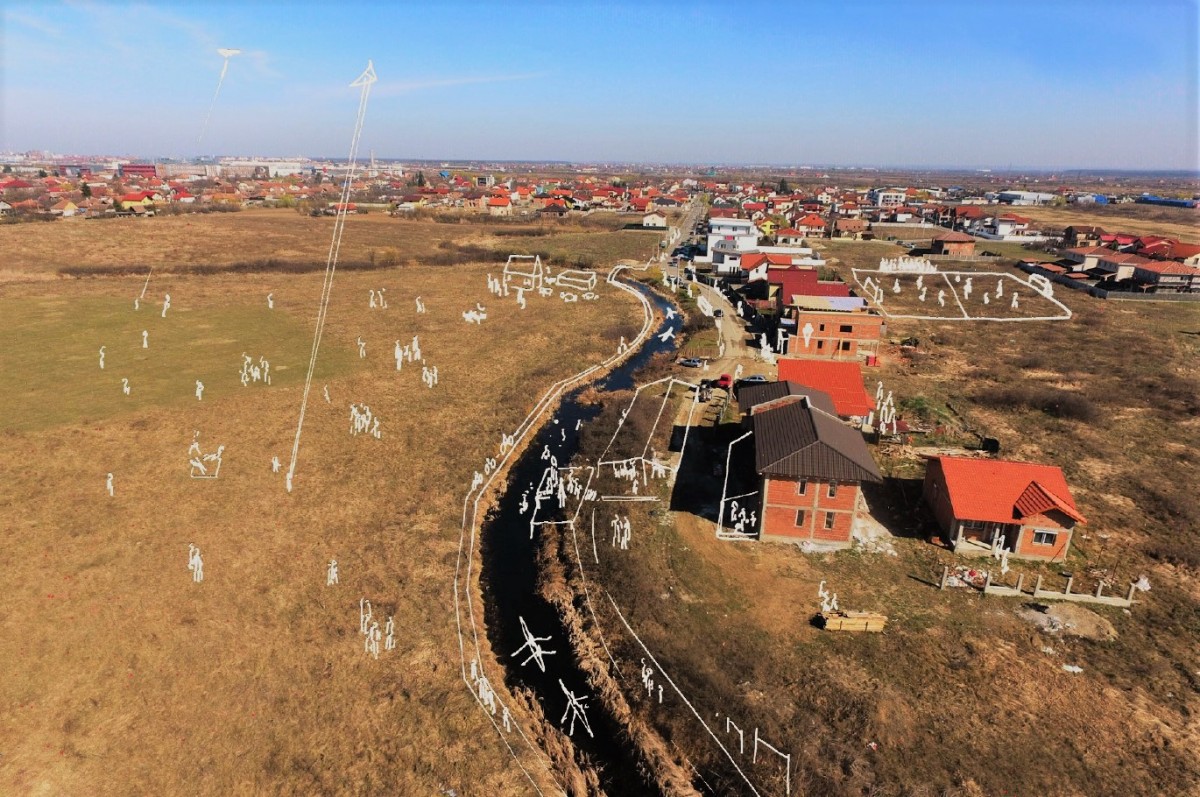
It is within this perspective shift that four Actors of Urban Change projects from across Europe are seeking to guide their communities towards a more sustainable embrace of community-oriented, nature-based urban design. Although their work is fundamentally connected by a reliance on green strategy, these projects are all, ultimately, seeking to build happier, more resilient urban communities.
“When you start understanding the value of human metrics, you start designing for them as well,” Palti said, noting that researchers are increasingly looking to alternative metrics to measure societal satisfaction, as opposed to traditional ones like GDP.
“And I think it’s possible to design for anything,” he added.
_____
Public spaces, parks or otherwise, where neighbors can engage and interact are key to designing a happy city, argues McCay of the Centre for Urban Design and Mental Health and mental health is closely associated with strong social connections and capital.
Indeed, researchers have consistently found connections between strong mental health, happiness and open green spaces in urban spaces. One recently published Danish study on nearly 100,000 children born between 1985 and 2003 found that the risk of developing a psychiatric disorder later in life was significantly higher for those who grew up around the least green space.
“There is extensive potential for designers to innovate, creating features within projects that facilitate positive, safe, natural interactions amongst people and foster a sense of community, integration and belonging,” McCay wrote.
Perhaps one of the most innovative plans to redesign green space for “positive, safe and natural interaction” is in the Romanian city of Timisoara, where advocates have proposed an ambitious plan to repurpose old drainage channels that surround the city and neighboring villages into accessible and interconnected green pathways. The goal, says Timisoara-based architect Loredana Gaita, is to create a larger “green network” in a city that fundamentally lacks green space.
Timisoara is increasingly facing threats of floods and other natural disasters as climate change worsens and the drainage channels further degrade.
“It’s ‘chaotic urbanization,’ in which lands are being urbanized without any sense of a larger urbanistic scheme,” said Gaita, who is working with her fellow teammates—social entrepreneur Teodora Borghoff and Sorin Ciurariu, chief architect at the municipality—to push the proposal forward. “[As a result] there are no public green spaces. So this could be another layer to systemize urbanization.”
The ingenuity of their plan is twofold: Built on a historic swamp that was largely drained by man-made channels in the 18th Century, Timisoara is increasingly facing threats of floods and other natural disasters as climate change worsens and the drainage channels further degrade. The city must, at the very least, ensure that the drainage channels are functional. At the same time, the city is severely lacking in open park space—just 18 square meters of green space per inhabitant, as compared to the World Health Organization’s recommendation of at least 50 square meters per person—and the 2,5 meter protection area that already surrounds the channels could easily be repurposed as open space for “slow mobility,” like bikers and pedestrians. Team Timisoara has named this plan the “Healing Grid.”
“[Especially] in the peripheries [of Timisoara], there are areas where there are no quality public spaces—kids can only gather in the streets,” Gaita said. “This [plan] is the best alternative and it’s the cheapest for the municipalities—if they don’t own the land, they cannot build parks, but the ecological corridors already have protection areas and the paths can be built with less struggle.”
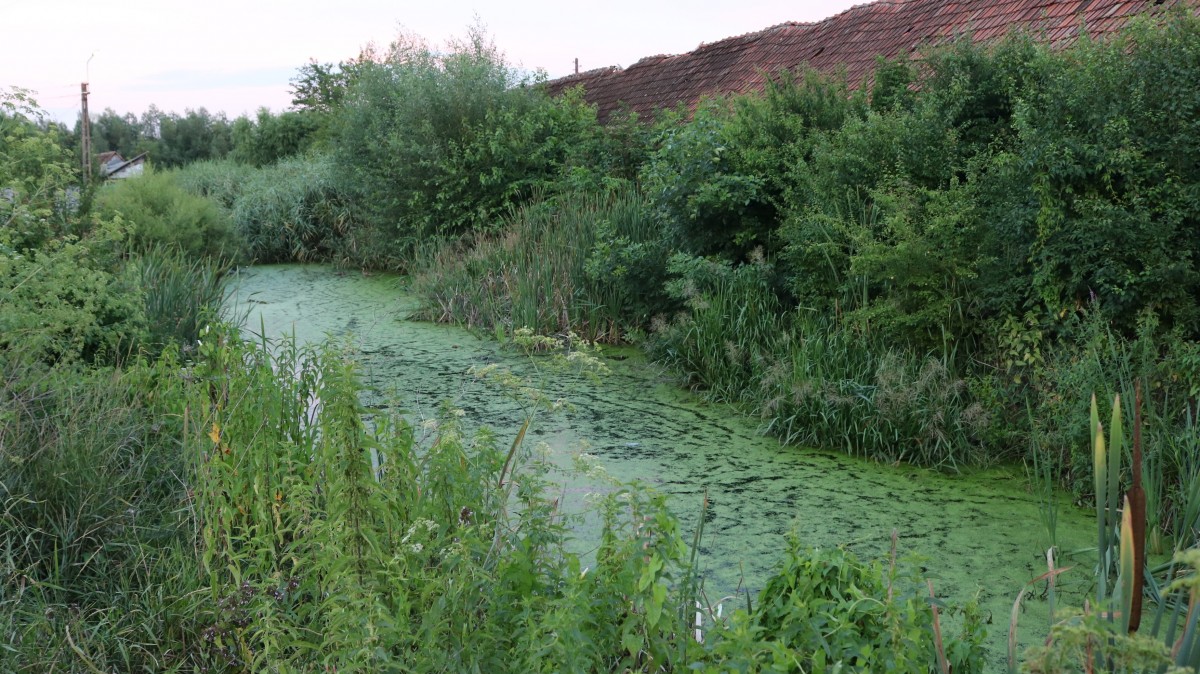
The idea came out of Team Timisoara’s Resilience Lab project, which sought to address the lack of connectivity amongst the city’s public services by acting as a meeting point and innovation hub for experts from different sectors and institutions to identify ways to address natural threats facing the region.
Their drainage channel proposal is a “concrete deliverable for the city to take into their policy planning,” said Borghoff. The Resilience Lab came about after the city’s response to a devastating flood in 2017 that killed eight people and injured more than 70—an indicator, advocates say, of the need to improve drainage infrastructure and strengthen the city’s ability to respond to disaster. In looking at ways to improve usage of the drainage channels that already existed, Lab members realized that they could serve a dual purpose to improve quality of life in the city.
“[The Healing Grid] is not only for design,” Gaita said. “It can promote a better lifestyle for people living there. If you don’t have quality public spaces, this can function as even better than a small square or park as it [offers] a connectivity with other places.”
_____
Sustainability advocates in the Italian city of Lecce are similarly seeking to reuse existing infrastructure that suffers from chronic disuse: the city’s botanical garden, whose revitalization they hope will not only promote wellbeing more generally, but also encourage urban dwellers to reconnect with the area’s heritage of agricultural production and environmental practice.
“Either you have olive trees or you have grapevines. This is against nature”
Lecce as a region is renowned for its production of olive oil and wine. Still, said architect and social researcher Giulia Toscani, the city itself lacks a fundamental relationship with nature or with its rural surroundings.
Within the city “there is almost no green space,” Toscani said. “Either you go to the seaside or the countryside.” But getting to those places requires a car or a willingness to ride far on a bike, she said—which can be inconvenient, not to mention unsafe, especially for women.
Toscani, along with fellow members of Team Lecce, is working to bring nature into the urban consciousness by slowly revitalizing a 1,500-square-meter portion of the Salento Botanical Garden, which sits just 4 kilometers away from the city center and has gone largely unused for a decade. The team, made up of a cultural association coordinator, a public foundation board member, an architect and an urbanist, has focused on encouraging locals to engage with the local environment as well as experiment with sustainable practice and production at a time when climate change is just beginning to impact the region. Lecce is particularly vulnerable, Toscani said, because it is so squarely rooted in a system of monoculture farming.
“Either you have olive trees or you have grapevines,” Toscani said. “This is against nature— in nature, plants are mixed and one of the reasons that climate change has had such a big impact on the region is that people do this.”
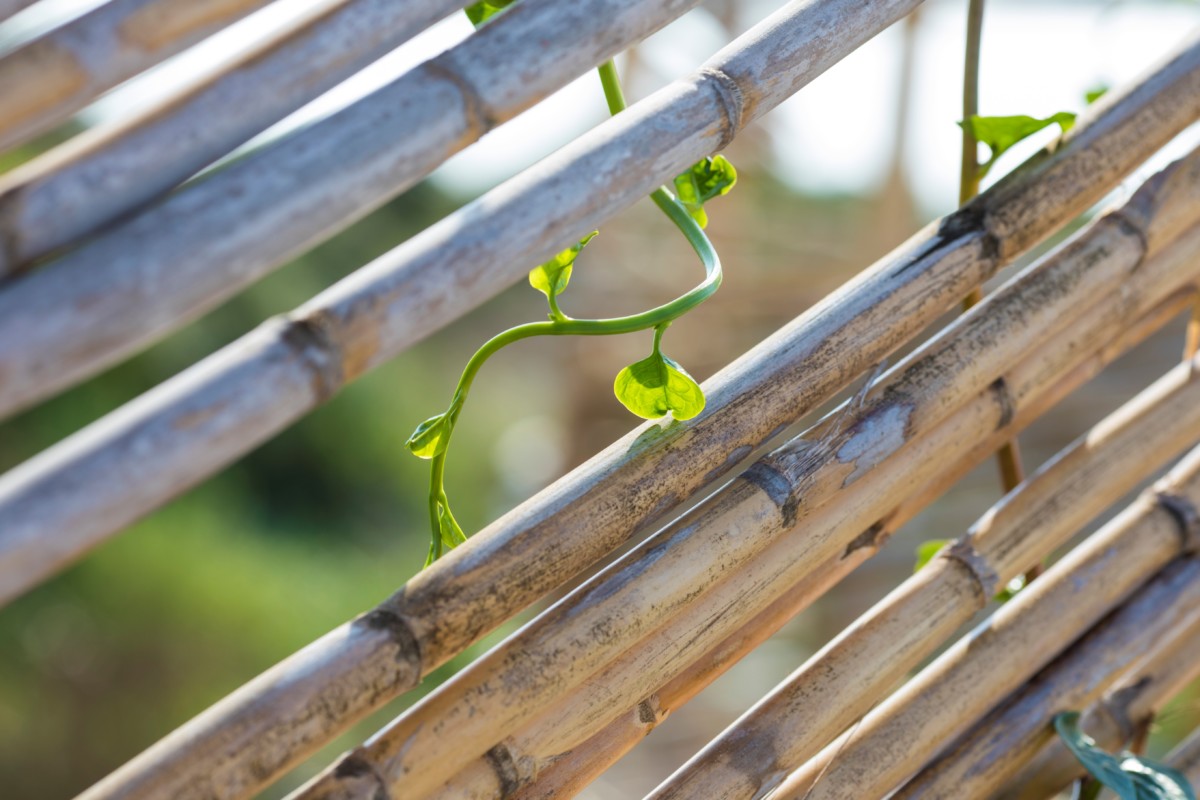
Team Lecce’s workshops have sought to invite urban locals into the conversation by centering topics like this and other critical sustainable issues that allow them to connect with their region’s environmental history and food heritage. Thus far, workshops have included a series on organic gardening, openair concerts, community gardening days and communal dinners.
“We want to change the mentality [in Lecce] about health, climate change and the relationship between what we grow and what we eat,” Toscani said. “Somehow food is very benhelpful to get people together to talk in a more informal way. But the goal is to just allow people to come and learn new things [together].”
Perhaps most critically, they hope to engage with those who live nearest to the garden but whose neighborhoods are poorly designed for wellbeing and access to nature. One nearby community consists mainly of social housing, while another is spatially organized with few public services like kindergartens of parks, Toscani said, which “creates isolation and alienation.”
Toscani and her team ultimately hope that the revitalization of the botanical garden will offer an alternative solution for this severe lack of shared community space and, subsequently, this isolation and alienation.
_____
Team Lecce is not alone in recognizing the importance of designing for a strong relationship between city and nature. Nearly 3,000 kilometers north, in Oslo, advocates are similarly looking to foster residents’ relationship with nature and food production in an area with few shared green spaces.
Although Oslo enjoys the title of one of the greenest cities in Europe, the city’s Grønland neighborhood has “almost no spaces where people can meet,” with very few parks, squares, or even terraces, said Laura Martinez Izquierdo, International Project Advisor with Nabolagshager and a member of Actors’ Team Oslo.
“In our project the main objective is not to grow a big amount of food, but rather create a place where neighbors can talk to each other. It’s an excuse to meet.”
The team works with a garden at Urtehagen, which produces herbs in raised boxes in a compact, concrete plaza. The space serves not only as an experiment in urban gardening, but also in bringing together groups that might otherwise view each other with mistrust. The garden sits at a corner surrounded by what otherwise might be the set up for a joke: a kindergarten, a mosque and a soup kitchen for people with drug addictions.
“That’s why we thought we need [green] spaces where people can meet, because it’s very easy to talk to your neighbor when you are planting or watering,” Izquierdo said. “That’s why gardening works well—even if people don’t speak the same language, it’s still easy to smile to your neighbor.”
It was no accident that Izquierdo and her team centered their work in Grønland—the neighborhood is home to dozens of different nationalities, the largest of which include Somalis, Turks and Ethiopians, along with the types of challenges that many immigrant groups face when relocating to a new place, including poverty, language barriers and access to opportunity.
These groups have been largely left out of Norway’s highly lauded “green shift,” says Kate Louise Milosavljevic, a researcher at Oslo Metropolitan University and Izquierdo’s teammate, together with Circular Ways NGO co-partner Katerina Eriksen. Although Oslo is today Europe’s “Green Capital” and held up as a model for other cities in its prioritization of sustainability, many of these “green incentives are all really primed towards reasonably affluent white Norwegian communities,” Milosavljevic said.
She noted that the government offers a number of subsidies for buying Teslas and other electric cars. “But if you can afford a Tesla to start with do you really need all those benefits?” she said. “It’s rewarding those who are already affluent.”
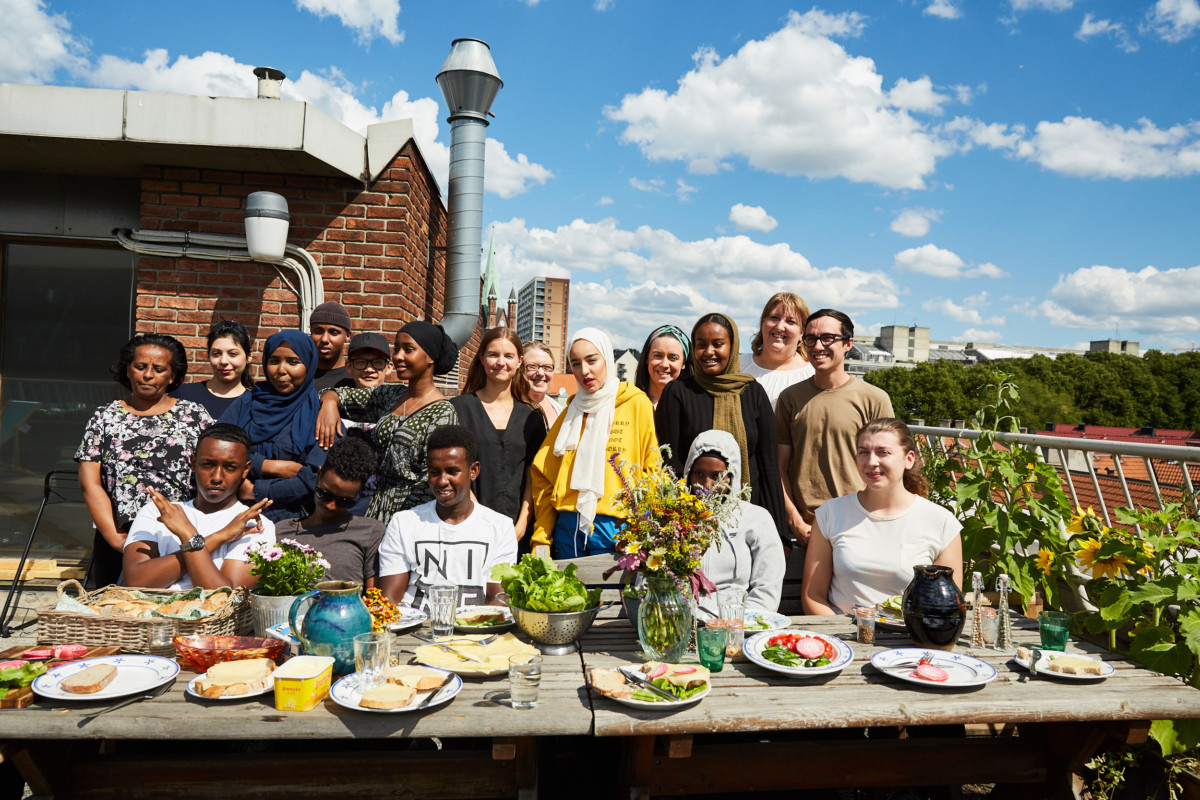
Team Oslo is working to tackle this systemic exclusion by bringing urban gardening to the city’s marginalized communities and in doing so improve the quality of life and sense of community among local residents. Towards this end, they have hosted a number of open gardening days, as well as a popular “garden circus” last summer that was attended by more than 600 locals. For teens, they offer part time jobs and trainings at both the Urtehagen garden and a rooftop vegetable garden at the green social enterprise Nabolagshager, helping them learn not only about urban sustainability and food growing, but gain critical job skills and networks as well.
They also invite neighbors to enter the garden and take food as desired, embracing the square as a truly open and inclusive space of enjoyment.
“For us, [the garden] is for everybody,” Izquierdo said. “In our project the main objective is not to grow a big amount of food, but rather create a place where neighbors can talk to each other. It’s an excuse to meet.”
Indeed, although experts highlight open green spaces like parks as a key asset when designing for mental health, the positive effects that these spaces provide can be replicated in other types of spaces, says Palti of Conscious cities. Green spaces are often powerful mental health boosters because they signify a leisure or community intent, rather than one for work or efficiency, he explained.
“The reaction to that intent is probably more powerful than the green itself,” he said. “We can take that same intent and embed it into streets and buildings where we need restoration, in places where we don’t necessarily have the ability to place a park.”
At least in Oslo’s Grønland neighborhood, community organizers are working with what they have, offering a space of intentional leisure and purposeful gathering for a community that has few accessible alternatives.
_____
Perhaps unsurprisingly, studies from the USA, Australia and other parts of Europe have consistently found that low-income and minority communities have far less access to green spaces—and high-quality ones—than their high-income counterparts.
In the UK, the situation is particularly unequal—according to one Guardian article, “the inequality between ethnic mixes seen in local environments is even more stark than those in schooling, crime, housing, jobs and health.” The article further noted that predominantly white neighborhoods have 11 times more green space than those where at least 40% of residents are of a minority community.
With four shipping containers on a car park, R-Urban Poplar provides space for green experimentation on solutions to some of London’s biggest environmental challenges.
In London, one community group is, like Team Oslo, trying to center sustainable urban practices in a space whose nearest neighbors suffer from high rates of poverty and relatively low levels of education. Although Poplar, in east London, sits close to the city’s booming financial center, it also boasts some of the highest child poverty rates citywide as well as a long-term unemployment rate of nearly 20%, according to the 2011 census.
There, in a former car park between two social housing estates, Team London started “R-Urban Poplar,” a workshop, training and events series hosted in four shipping containers that seek to provide space for green experimentation on solutions to some of London’s biggest environmental challenges, such as poor air quality and waste management.
“One of the main things we’re interested in is how we can use this site as a space to prototype ideas that could operate on a bigger scale,” explained Andrew Belfield, a designer at an art and architecture collective. Belfield is a member of Team London, along with Danny Tompkins, a project coordinator for a Poplar housing association and Javier Rojo, director of a waste management company.
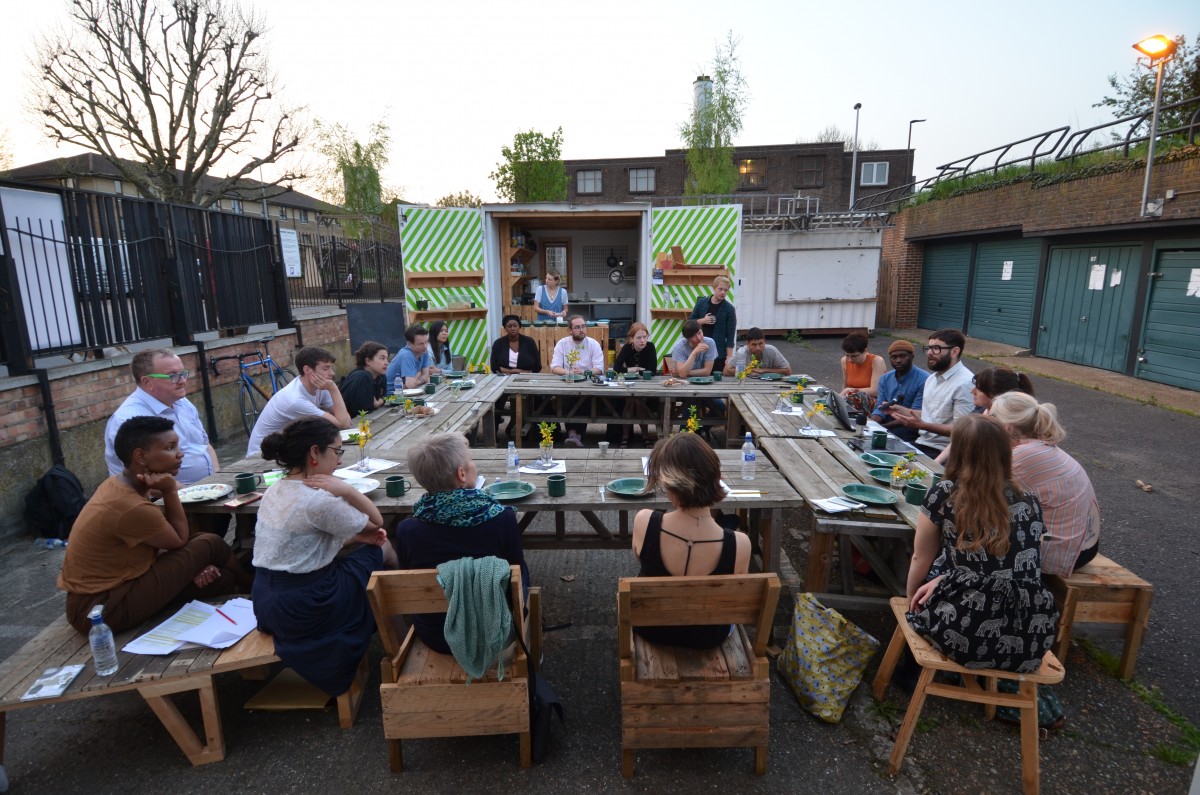
A current focus of experimentation is the anaerobic digester, a machine that consumes household food waste and turns it into usable biogas and fertilizer, the former of which they hope will eventually be used for R-Urban’s kitchen (using waste collected from estate residents) and the latter to grow plants in the community garden. After more than two years of planning and construction, they have just started to go door to door to encourage residents to collect food waste and allow them to trial the digester’s functioning as part of the larger project.
Like other Actors projects, the team is also engaging community—both local residents and Londoners from across the city who are interested in ecological issues—with events like family-style dinners and workshops on how to build a moss wall to improve air quality, as well as a “tool library” where residents can check out items as needed.
“We’re trying to form our space as a positive public space where education takes place,” Belfield explained. “It’s about the training of people—that is the main ambition of the project.”
Beyond education, however, Belfield and the team are also in the process of renovating the space itself into a more accessible area, with green infrastructure like benches that residents can enjoy even when the shipping containers are closed.
“Right now we literally open the containers and unpack everything, whereas we’d like to have something more permanent,” Belfield said. “We hope that that will be transformative for how people use the space when we’re not there.”
Ultimately, said Belfield, they hope their project can serve as a model for how local communities can effectively reduce their carbon footprint and create a closed-loop system of waste and reuse while also fostering wellbeing and community interaction in spaces that might otherwise be alienated from a city’s cultural or environmental offerings.
“It’s the moments where you bring different groups together that can make the biggest difference,” Belfield said.
_____
Team London’s sustainable “closed-loop system,” as well as those projects proposed in Oslo, Timisoara and Lecce, are all, in their own ways, strong rebukes of the insatiable “growth machine” first recognized by Harvey Molotch more than four decades ago. Indeed, even then Molotch identified environmental advocates as key figures in local anti-growth movements, demanding more sustainable, human-centric city planning.
“When growth ceases to be an issue, some of the investments made in the political system to influence and enhance growth will no longer make sense, thus changing the basis upon which people get involved in government,” Molotch predicted in his conclusion. “We can expect that the local business elites… will tend to withdraw from local politics. This vacuum may then be filled by a more representative and, likely, less reactionary activist constituency.”
Perhaps, when joined with a growing urban design movement that demands wellbeing be considered in planning, projects like these will encourage more communities to experiment with alternative forms of consumption, production and interaction—all of which, in their own ways, are critical to healthy and happy urban life.
